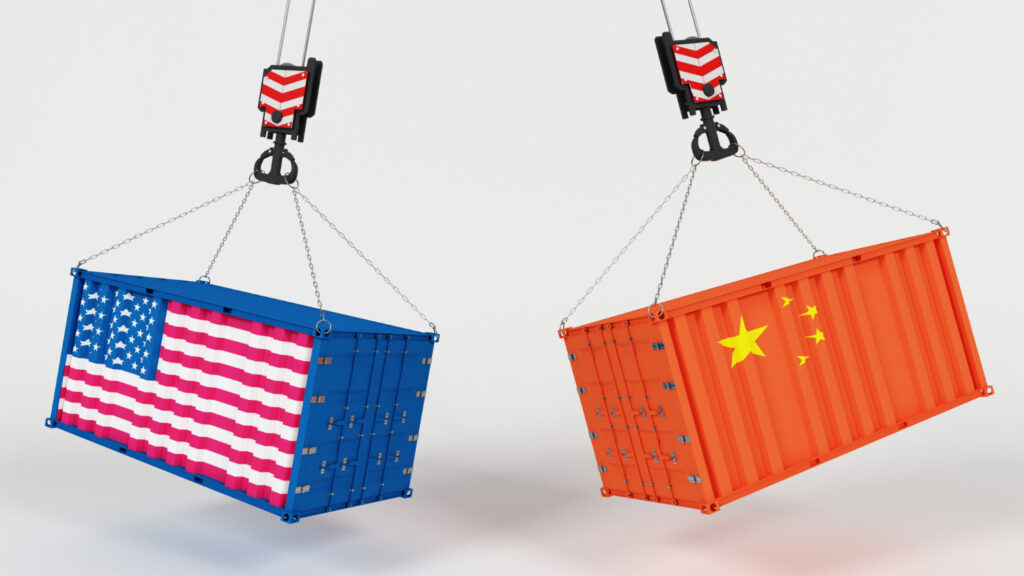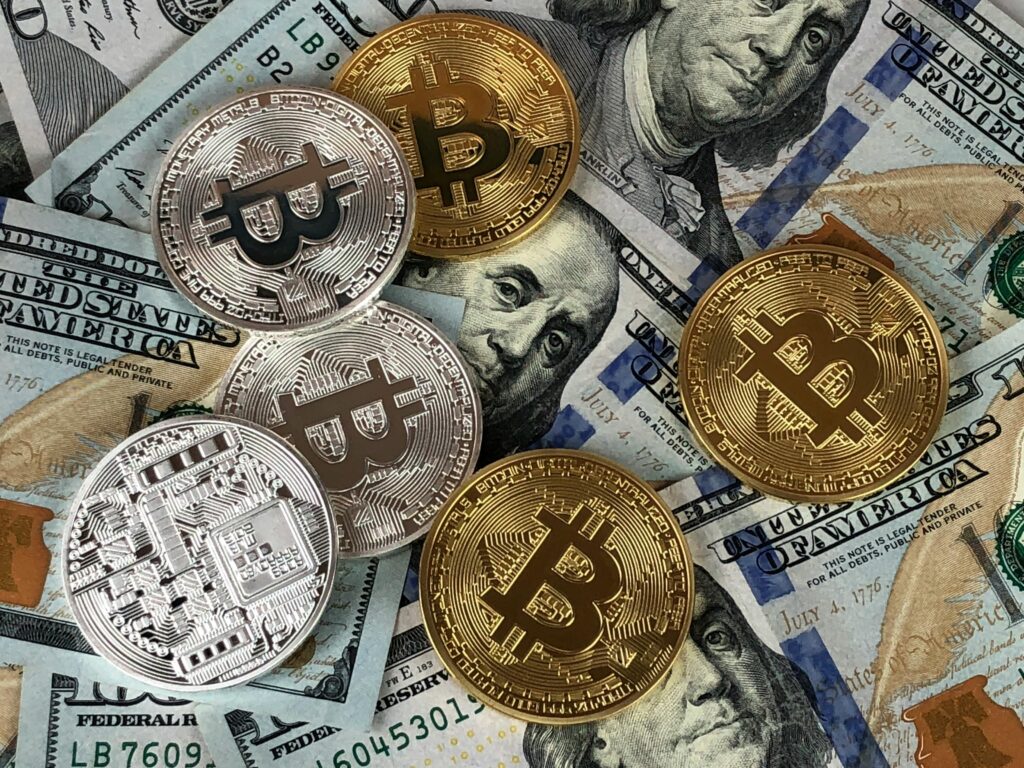Introduction
In a major escalation of global trade tensions, the United States has announced a fresh wave of tariffs on multiple countries, with China at the center of the storm. In retaliation, China swiftly imposed reciprocal tariffs on American goods, igniting what many are calling the 2025 US-China Tariff War. These sudden developments are sending shockwaves through international markets, reshaping supply chains, and creating uncertainty for businesses and consumers alike.
This blog post provides a comprehensive, SEO-optimized analysis of the U.S.-China tariff battle, focusing on its timeline, economic impact, sectors affected, and expert opinions. If you’re a business owner, investor, or simply trying to make sense of the current economic climate, this is your must-read guide.
What Are Tariffs, and Why Are They Imposed?
A tariff is a tax imposed by a country on imported goods. Governments use tariffs to:
- Protect domestic industries from foreign competition
- Penalize countries for unfair trade practices
- Generate revenue
- Encourage local manufacturing
However, tariffs often lead to trade wars, where countries retaliate with their own tariffs, causing economic disruption globally.
Timeline of the 2025 US-China Tariff War
April 7, 2025 — US Fires First Shot
President Donald Trump announced a new round of tariffs targeting over $250 billion worth of Chinese imports. These include a steep 50% levy on key technology, automotive, and electronics sectors.
April 8, 2025 — China Strikes Back
Within 24 hours, China responded with reciprocal tariffs on $200 billion worth of American goods, including agricultural products, aircraft parts, and semiconductors.
April 9, 2025 — Global Markets React
Stock markets around the world plummeted. The S&P 500 entered bear market territory, European markets dropped by over 4%, and Asian indexes experienced similar declines. Over $6 trillion in global equity was wiped out.
April 10, 2025 — Allies Criticize US Policy
Nations from the EU to Canada and Australia condemned the U.S. move, urging for diplomacy over economic aggression.
Key Sectors Affected
US Exports to China Hit Hard
- Soybeans and Corn: US farmers are again at the center of the storm as China turns to Brazil and Argentina for alternatives.
- Aircraft & Aerospace: Boeing shares fell nearly 7% after China announced new tariffs on aviation parts.
- Semiconductors: With China being a major buyer, companies like Intel and AMD face serious disruptions.
Chinese Imports into the US Targeted
- Consumer Electronics: Products like smartphones, tablets, and smart TVs will see price hikes in the U.S.
- Automobiles: Tesla and other companies with manufacturing ties to China may suffer logistical delays.
- Solar Panels & Green Tech: U.S. tariffs could stall the country’s green energy goals by making components more expensive.
Economic Impact: US vs China
United States
- Short-Term Gains: Domestic manufacturers may benefit from reduced foreign competition.
- Long-Term Pain: Higher costs for consumers, disrupted supply chains, and inflationary pressure.
- Political Fallout: Increased criticism from business groups and global allies.
China
- Diversification: China accelerates trade partnerships with BRICS nations and regional allies.
- Domestic Substitution: Chinese industries boost local production to replace American imports.
- Currency Strategy: The yuan is slightly devalued to offset some of the tariff effects.
The Global Ripple Effect
- Supply Chain Disruptions: Companies relying on Chinese or American components face production delays.
- Currency Volatility: Forex markets saw a spike in USD/CNY trading.
- Commodity Prices: Oil and gas prices are fluctuating amid fears of reduced industrial output.
- Emerging Markets: Nations dependent on exports to either the US or China may experience economic slowdown.
What Analysts Are Saying
Morgan Stanley: “This is not just a bilateral trade war—it’s a global economic standoff that will impact GDP growth in multiple regions.”
Bloomberg Economics: “Expect a 0.7% drag on global GDP if the tariffs persist into Q3.”
Goldman Sachs: “Investors should expect more volatility and look to hedge portfolios with gold, bonds, and alternative markets.”
Comparison Chart: US Tariffs vs China Tariffs
| Sector | US Tariffs on China | China Tariffs on US |
|---|---|---|
| Electronics | 50% on imports | 25% on American semiconductors |
| Automotive | 35% on Chinese cars | 30% on US auto parts |
| Agriculture | None | 45% on soy, corn, and beef |
| Aviation | 20% on aircraft parts | 40% on Boeing components |
| Tech Equipment | 50% on circuit boards | 35% on American servers |
Winners and Losers
Winners
- Vietnam & Mexico: Alternative suppliers for U.S. companies looking to avoid Chinese tariffs.
- Local Manufacturers: May gain market share due to reduced foreign competition.
- Trade Lawyers: Increased demand for legal services related to tariffs and trade compliance.
Losers
- Consumers: Rising prices on everyday electronics, appliances, and vehicles.
- Small Businesses: With less leverage, small importers face higher costs and logistical nightmares.
- Farmers: Already recovering from earlier trade tensions, now face a double blow.
Political Implications
- US Presidential Election 2026: Trump’s bold move may energize his base but could alienate moderates and business leaders.
- China’s Internal Narrative: The government is positioning the tariffs as Western aggression, which may unite national sentiment.
What Should Businesses and Consumers Do Now?
For Businesses:
- Diversify suppliers outside of the US-China ecosystem
- Review tariffs and customs codes for product classifications
- Consider moving manufacturing to neutral countries
For Consumers:
- Buy in bulk before prices rise
- Support local alternatives
- Stay informed about potential shortages or price surges
Conclusion
The 2025 US-China Tariff War is more than just a disagreement between two superpowers—it’s a geopolitical chess match with real-world economic consequences. As tariffs rise and retaliations mount, businesses and consumers around the globe are caught in the crossfire.
Staying informed and agile is crucial. Whether you’re in tech, agriculture, or e-commerce, understanding the trade landscape can help you adapt and thrive.



